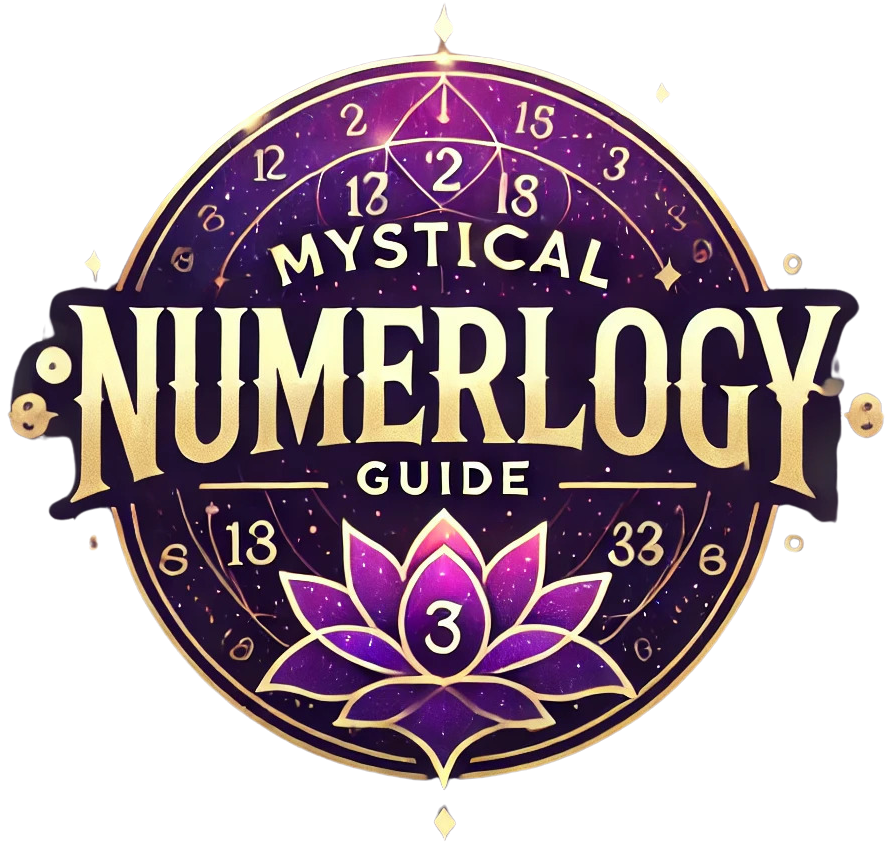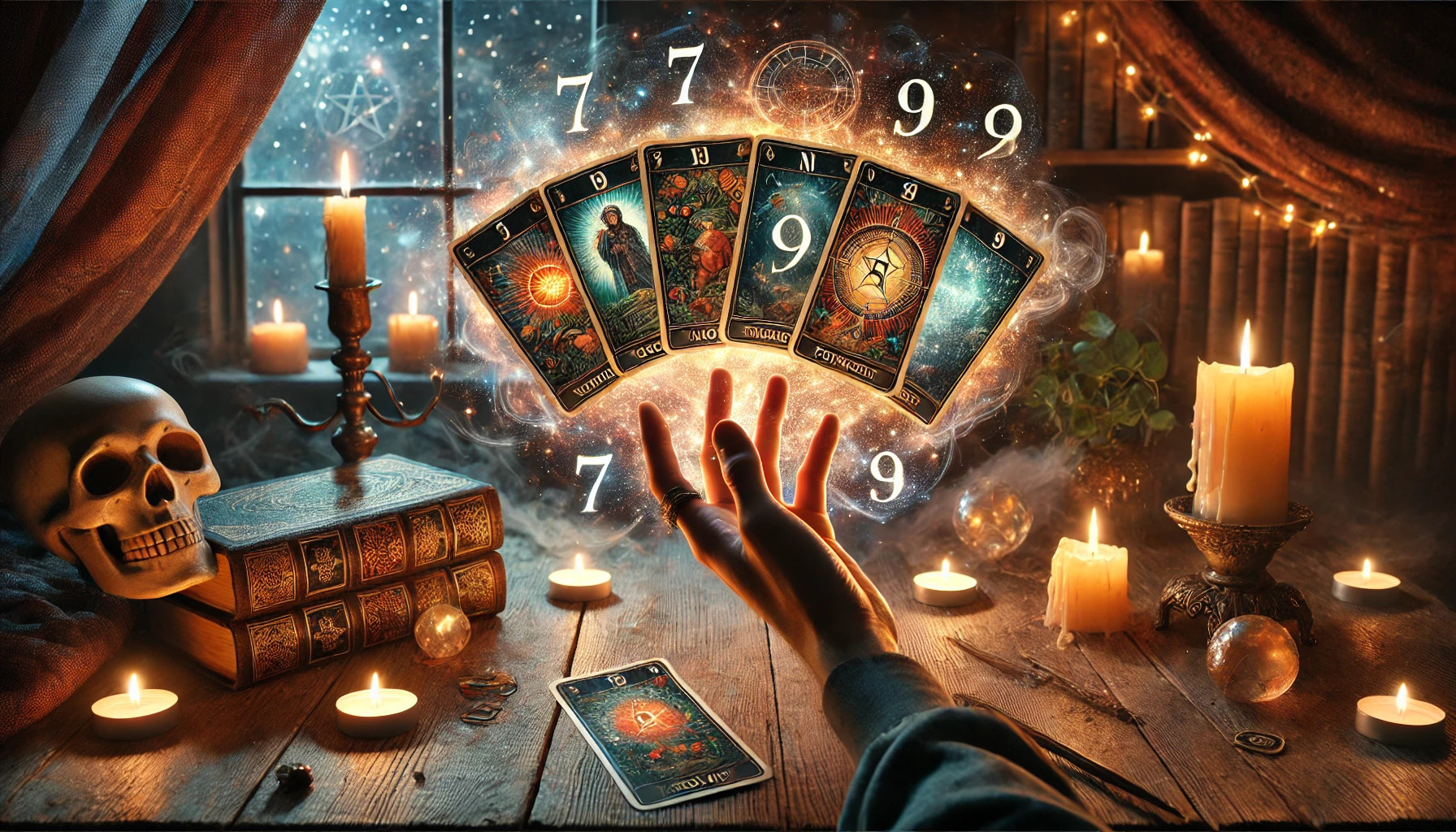Numerology and tarot cards share a meaningful connection that can deepen one’s understanding of both systems. By exploring the numbers associated with tarot cards, individuals can gain unique insights into their readings and personal growth. Each tarot card has its own number, which ties into numerology, revealing layers of meaning that enhance the interpretation of each card.
As enthusiasts of these mystical arts delve into this relationship, they discover that numerology serves as a tool for better insight and guidance. The symbols and meanings of numbers can amplify the messages conveyed by tarot, creating a richer reading experience. Understanding this interplay can spark curiosity and encourage readers to explore their own journeys through these ancient practices.
Exploring the Basics of Numerology
Numerology is a fascinating system that assigns meaning to numbers, revealing deeper insights into personality and life events. Through the study of numbers, individuals can gain a better understanding of themselves and their surroundings.
The Meaning of Numbers in Numerology
In numerology, each number from 1 to 9 holds specific meanings. These meanings reflect different traits and energies.
- 1 symbolizes independence and leadership.
- 2 represents cooperation and harmony.
- 3 is linked to creativity and self-expression.
- 4 stands for stability and order.
- 5 embodies adventure and change.
- 6 relates to nurturing and responsibility.
- 7 is the number of introspection and wisdom.
- 8 symbolizes power and material success.
- 9 represents compassion and universal love.
These meanings are integral in interpreting a person’s numerological chart and provide insights into their life path.
Core Numbers in an Individual’s Life
Core numbers are essential in numerology as they highlight significant aspects of an individual’s life. The three main core numbers include the Life Path Number, Expression Number, and Soul Urge Number.
- Life Path Number: Derived from a person’s birth date, it reveals their life purpose. This number guides their journey and decisions.
- Expression Number: Calculated using the letters in a person’s full name, it showcases their natural talents and potential.
- Soul Urge Number: This number reveals an individual’s inner desires and motivations, derived from the vowels in their name.
Together, these core numbers create a comprehensive picture of a person, making numerology a valuable tool for self-discovery.
Unveiling the Tarot
Tarot cards offer a fascinating way to gain insights into the self and the universe. They are structured in a specific way, showcasing a blend of history and symbolism.
The Structure of the Tarot Deck
A standard tarot deck contains 78 cards. These cards are distributed into two main categories: the Major Arcana and the Minor Arcana.
The Major Arcana consists of 22 cards, each representing significant life themes and lessons. Examples are The Fool, The Lovers, and The World. These cards often reflect major life events.
The Minor Arcana contains 56 cards divided into four suits: Cups, Pentacles, Swords, and Wands. Each suit represents different aspects of daily life and experiences. Within the Minor Arcana, there are numbered cards from Ace to Ten and four court cards: Page, Knight, Queen, and King. Each suit and card combination provides detailed insights into one’s personal journey.
Major and Minor Arcana
The Major Arcana cards carry more weight in readings. They delve into powerful themes like beginnings, endings, love, and choices. These cards often guide a person toward self-discovery and transformation.
In contrast, the Minor Arcana offers practical advice. Each suit explores different facets of experience. For example, Cups focus on emotions and relationships, while Swords deal with challenges and conflicts.
Readers often interpret the interplay between these two sections to provide a clear picture of the querent’s situation. Understanding both types of cards helps individuals connect better with their personal narratives.
Interconnections Between Numerology and Tarot
Numerology and tarot cards share a deep relationship that enhances their meanings and interpretations. Each tarot card corresponds to a specific number, which carries its own energy and symbolism, enriching the reading experience. Understanding these connections can lead to deeper insights and more personalized interpretations.
Numerical Significance in Tarot Cards
Each tarot card is assigned a number that reflects its unique significance. The Major Arcana consists of 22 cards, numbered from 0 (The Fool) to 21 (The World). Each number represents a specific lesson or theme in life.
For instance, the number 1 symbolizes new beginnings and leadership, while the number 10 represents completion and transformation. In contrast, the Minor Arcana cards, which are divided into four suits, are numbered from Ace (1) to 10, along with the court cards. These numbers provide additional layers of meaning and context during readings.
Tarot Card Numbers and Life Path Interpretations
Numerology not only enhances the interpretation of individual tarot cards but also connects with a person’s life path. By calculating a life path number based on birthdate, one can determine traits and challenges that resonate with certain tarot cards.
For example, a person with a life path number of 3 may find that the Empress card, associated with creativity and abundance, often appears in their readings. This connection can offer insights into personal growth and life lessons. Understanding the alignment between tarot numbers and life paths allows for a richer exploration of one’s journey and potential.
Practical Applications
Numerology can enhance tarot readings by adding layers of meaning. By applying numerological concepts, individuals gain insights into their lives. Here are two important ways to apply these ideas.
Using Numerology to Interpret Tarot Spreads
In tarot readings, numbers possess significance. Each tarot card has a number or is associated with one. A practitioner can calculate a client’s life path number using their birth date. This number helps select cards that resonate deeply with the client’s energy.
For example, if the life path number is 3, the reader might choose cards like the Three of Cups or the Empress. These cards align with the number 3’s attributes of creativity and collaboration. Integrating numerology makes the reading more personalized and relevant.
Personal Growth and Self-Discovery
Using numerology alongside tarot cards helps individuals explore their inner selves. Each number in numerology can reveal character traits and life lessons. For instance, a person with a life path number of 5 may focus on freedom and adaptability.
By recognizing these traits during a tarot reading, clients can see patterns in their lives. This awareness promotes personal growth. They might uncover areas needing attention or see where they truly shine. With this knowledge, clients are empowered on their journeys of self-discovery.
Historical Perspectives
The historical development of numerology and tarot reflects their deep roots in various cultures. These practices have evolved over time, shaped by different beliefs and influences. Understanding their evolution helps reveal their significance in spiritual practices today.
Evolution of Numerological and Tarot Practices
Tarot cards originated in the 15th century, primarily used for playing games. Over time, they transformed into tools for divination. The connection between tarot and numerology began to emerge in the 18th century as mystics explored symbols and meanings behind the cards.
Numerology, an ancient practice, has its roots in various cultures, including Babylonian and Greek traditions. Numbers were seen as having sacred meanings. As tarot gained popularity for spiritual readings, numerology was incorporated to deepen understanding and interpretation.
Prominent figures like Pythagoras influenced both fields. They believed numbers held mystical properties. This belief laid the groundwork for combining tarot and numerology in readings.
Cultural Impact on Numerology and Tarot Usage
Different cultures have embraced numerology and tarot, adapting them to their spiritual frameworks. In Western mysticism, both practices became popular among people seeking self-discovery and guidance.
In the Eastern traditions, numerology found a place in practices like feng shui and astrology. These cultural integrations enriched the practices, allowing them to evolve uniquely.
Modern use of tarot and numerology has continued to grow with the help of technology. Online tarot readings and numerology calculators make these tools accessible to a wider audience. The resurgence of interest in spirituality has also led to a renewed appreciation for their historical roots.
Critical Dos and Don’ts
When interpreting tarot cards and numerology, it’s important to follow certain guidelines. These ensure ethical practices and help correct widespread misunderstandings in the community.
Ethical Considerations in Readings
Ethics play a crucial role in tarot and numerology readings. Readers should always prioritize honesty and respect for their clients.
Dos:
- Be Transparent: Clearly define what clients can expect during a reading. This builds trust.
- Maintain Confidentiality: Protect the privacy of clients and keep their information safe.
Don’ts:
- Avoid Fear-Mongering: Do not create unnecessary anxiety. Focus on empowerment and guidance rather than predicting doom.
- Do Not Overstep Boundaries: Respect personal beliefs and individual circumstances.
Common Misconceptions Addressed
Several misconceptions exist about tarot and numerology that can mislead enthusiasts.
Dos:
- Encourage Learning: Promote curiosity about both systems. Understanding deepens appreciation and effectiveness in readings.
- Acknowledge Limitations: Recognize that readings are not absolute truths but tools for insight.
Don’ts:
- Avoid Combining for Confusion: Not all tarot cards directly correspond to numerological meanings. Mixing systems can lead to unclear messages.
- Do Not Claim Predictive Powers: Remember, tarot and numerology aid personal reflection rather than predict the future with certainty.

